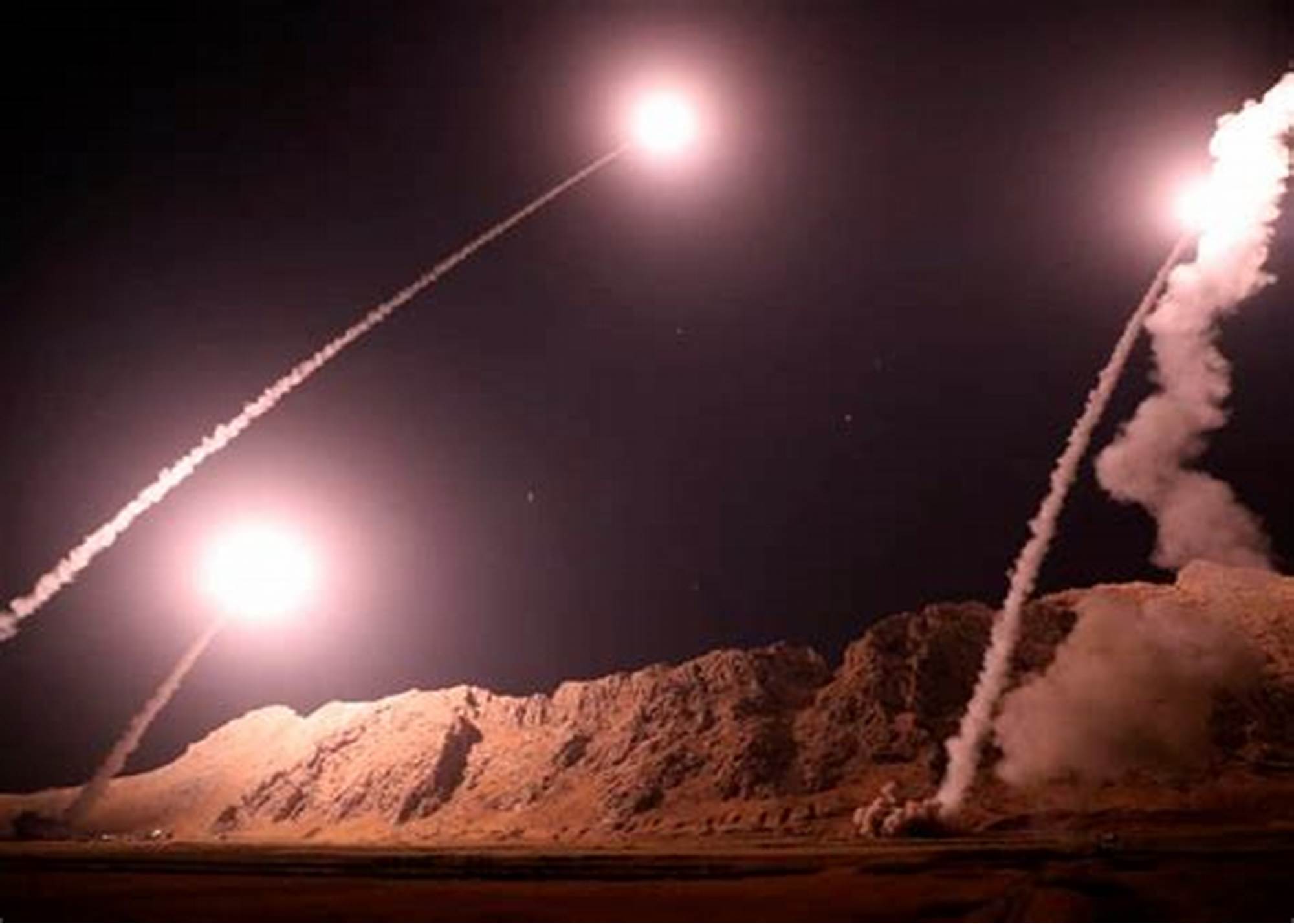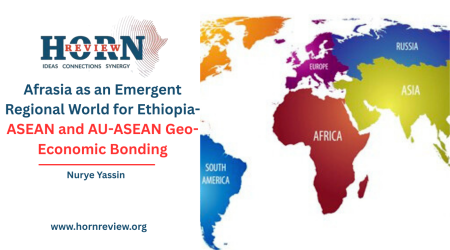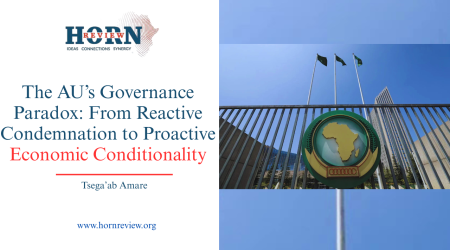
13
Apr
Houthis Claim Hypersonic Missile Strike on Israeli Nuclear Base: A New Escalation in Regional Tensions
Yemen’s Houthi movement has announced the launch of a hypersonic missile targeting Israel’s Sdot Micha Airbase, an installation long associated with the country’s nuclear-capable strategic arsenal. If verified, this would constitute a significant inflection point in the regional security landscape, representing the first documented instance of hypersonic weapons deployment by a non-state actor.
The Houthis, formally known as Ansar Allah, characterized the strike as a retaliatory measure in response to ongoing Israeli military operations in Gaza. In their official communique, the group further claimed additional missile and drone operations against Israeli sites, including Ben Gurion Airport and the coastal city of Ashkelon. The Israel Defense Forces (IDF) confirmed intercepting at least one projectile but have yet to publicly acknowledge the nature or intended target of the attack.
The strategic implications of this alleged use of hypersonic weaponry are considerable. Hypersonic missiles, defined by their capacity to travel at velocities exceeding Mach 5 while executing complex mid-course maneuvers, pose substantial challenges to existing missile defense architectures. Their deployment by a sub-state entity signals a profound shift in the accessibility of advanced military technologies, previously confined to a handful of major powers.
This incident unfolds within an already volatile geopolitical context. The collapse of a tenuous ceasefire in Gaza has precipitated an intensification of hostilities across multiple fronts. Since then, Houthi forces have launched hundreds of attacks against Israeli targets and maritime assets in the Red Sea, prompting a robust military response from the United States, which has carried out sustained airstrikes on Houthi positions within Yemen.
The provenance of the Houthis’ hypersonic capabilities remains the subject of considerable scrutiny. While Iran has long been identified as the group’s principal patron, providing arms, training, and logistical support, Tehran has categorically denied involvement in the missile launch or the transfer of hypersonic systems. Nonetheless, Western intelligence assessments continue to monitor Iranian-linked technological proliferation with increasing concern.
The international reaction has been one of measured alarm. Security analysts warn that the normalization of hypersonic weapons in proxy conflicts may irrevocably alter the strategic equilibrium in the Middle East, emboldening non-state actors and undermining deterrence postures. Concurrently, humanitarian organizations caution that the intensification of armed engagements is exacerbating already catastrophic conditions for civilians in both Gaza and Yemen, where infrastructure, healthcare, and access to essential resources remain severely compromised.
As policymakers and military strategists assess the long-term ramifications of this development, a pivotal question looms: will this escalation catalyze a recalibration of regional engagement and diplomacy, or will it mark the threshold of a more fragmented, high-tech theater of conflict, one in which the boundaries between state and non-state power grow increasingly indistinct?










